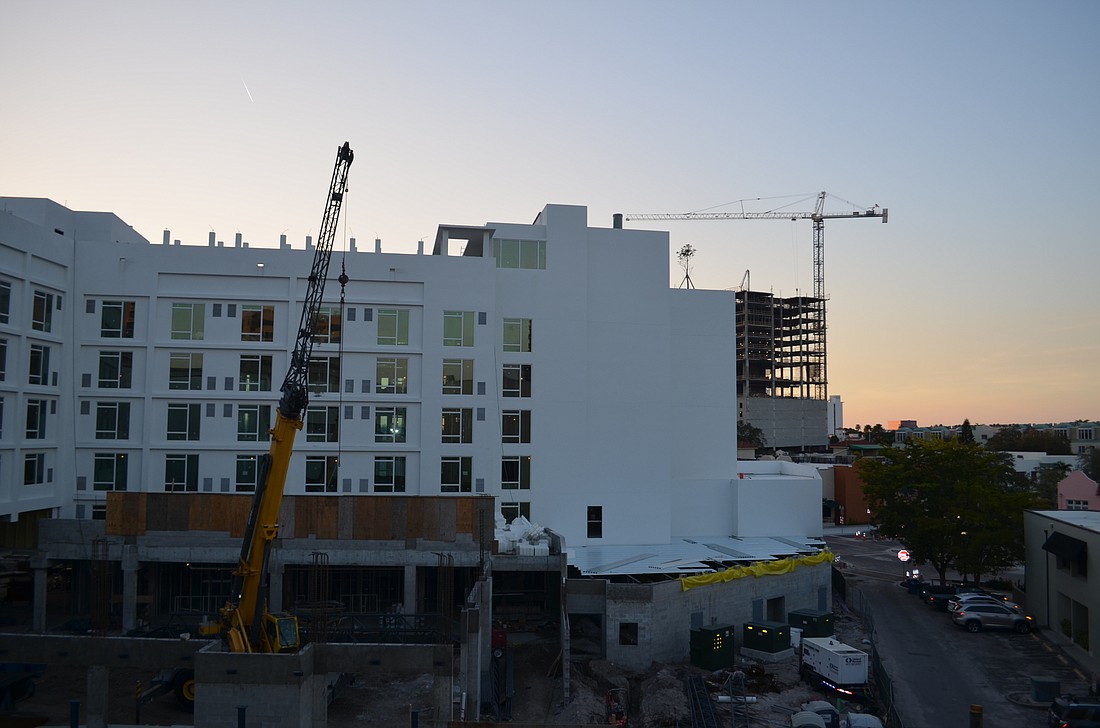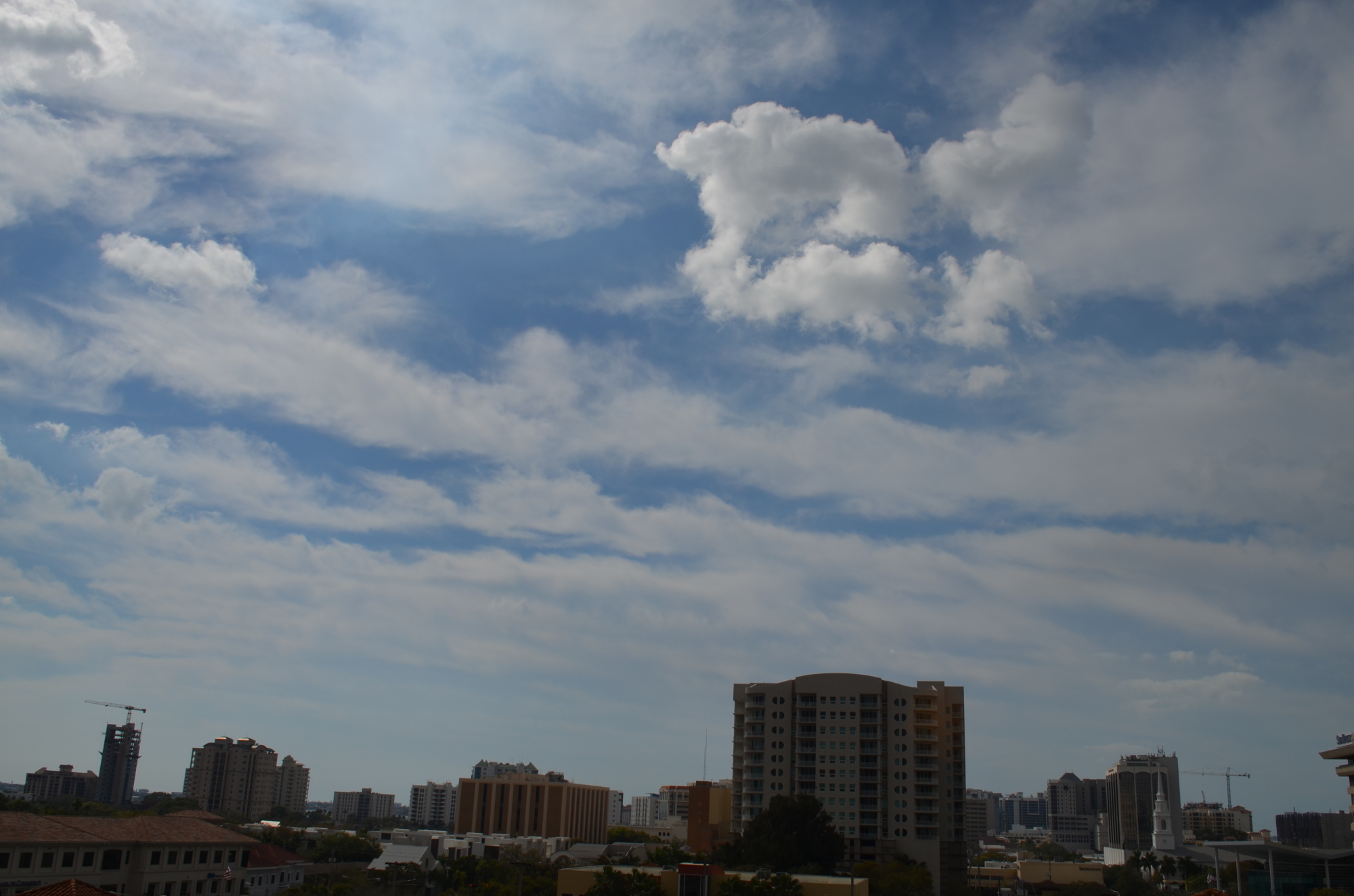- December 13, 2025
-
-
Loading

Loading

During a period of growth in downtown, a refrain has emerged among those most concerned about the changes: Large-scale developments and high-rise buildings are eroding the Sarasota of the past.
The city bills itself as a place where “urban amenities meet small town living.” Although the slogan suggests a harmony between the two ideals, some residents have suggested the urban amenities are growing at the expense of the small-town character.
“I think it’s fair to say the quality of life that I associate with Sarasota — that I think a lot of people do — is threatened by certain aspects of the building going on,” said Kate Lowman, a leader of the resident-activist group STOP!.

The city is in the process of drafting a new zoning code, which gives residents concerned about growth an opportunity to voice their opinions. But if the building boom is a source of concern, it’s unlikely the city will be able to undo the changes that have taken place downtown.
What’s more, even if the city were determined to slow growth, a series of projects that haven’t yet broken ground are still on the way.
“I don’t think we’ve ever deviated from everybody getting to have their process under the code that was in effect when the plans were submitted,” City Attorney Robert Fournier said.
Two of the first major projects completed post-recession, the One Palm hotel and apartment complex and The Jewel condominium, are 10- and 18-story buildings, respectively. Both capitalize on the maximum height the city allows in each building’s neighborhood.
Much of the work going on downtown follows the same trend. Along the bayfront, three 18-story projects are underway. In the downtown core, another three projects under construction are built to the 10-story maximum height.
That holds true for the second wave of building, headlined by the Sarasota Bayside project on the former Quay site. There, on 14 bayfront acres, as many as nine 18-story buildings could be added to the city’s skyline.
Representatives for Sarasota Bayside developer GreenPointe Communities say it’s unlikely the project will include that many high-rises. Still, plans call for nearly 700 condos, 189,050 square feet of retail, 175 hotel rooms and 39,000 square feet of office space.
Even if the city stopped accepting development applications tomorrow, plans for two other 18-story towers are in the pipeline. In total, among major downtown projects that haven’t broken ground, there are more than 1,300 residential units, 290 hotel rooms and 286,000 square feet of commercial and office space planned.
Fournier said any effort to rein in the growth would have to acknowledge the current entitlements property owners have. The city couldn’t just change existing height, density and setback regulations unilaterally.
Fournier said the city could offer incentives in exchange for, say, a lower maximum building height. In 2004, the city eliminated an 18-story cap in the downtown core in exchange for a new development review process that let city staff approve proposed project.
The city could act confidently in that scenario because the development community signed off on the changes. Without having that conversation, it’s hard to say what an agreeable trade-off would look like today.
Still, among those concerned about growth, there’s optimism it’s not too late to change to a preferable path. If the city puts off a serious conversation about the topic any longer, though, that could be changing soon.
“Trust me, I would not be investing the huge amount of time that I put in — nor would the others — if we thought it was an exercise in futility,” Lowman said. “What we want to see happen is for all of us to move past the stage of just saying, ‘Gosh, we’re upset with this,’ and move to the point where we can start really talking about how we fix it.”